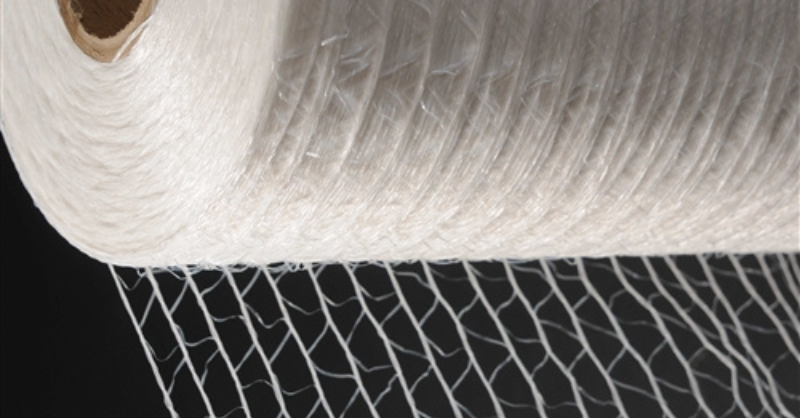How is net wrap made you ask? In the world of farming, efficiency and effectiveness are paramount. One essential tool that aids farmers in their endeavors is net wrap, which has been around for over 25 years. This versatile material plays a crucial role in bundling and protecting harvested crops. But have you ever wondered how this indispensable tool is made? Let’s take a look.
Introduction to Net Wrap: How Is Net Wrap Made
Net wrap is a specialized material used in the agricultural industry to secure bales of hay, straw, or silage and has become the highest industry standard for preserving bale hay. It provides an efficient and cost-effective alternative to traditional baling methods such as twine, improving baling efficiency by over 35%. With its ability to tightly bind and protect crops, net wrap enhances storage, transportation, and feeding processes on farms around the world.
Raw Materials:
The production of a netwrap roll begins with the selection of high-quality raw materials. Typically, these include polyethylene (PE) and polypropylene (PP) resins, which are derived from petroleum. These materials are chosen for their durability, UV resistance, and ability to withstand the rigors of agricultural use, a recipe for success.
Extrusion Process:
The manufacturing process kicks off with the extrusion of the raw materials from high-density polyethylene (hdpe). Polyethylene and polypropylene pellets are melted and forced through a specialized die, forming long, continuous strands. These strands are then cooled and solidified to create the base material for the net wrap. The strength of the bale wrap is heavily affected in this stage by the quality of raw materials and the accuracy of extrusion.
Knitting:
Once the base material is ready, it undergoes a knitting process to form the characteristic grid pattern of net wrap. This is achieved using high-speed knitting machines equipped with multiple needles. The needles interlock the strands of material, creating a sturdy yet flexible mesh structure. There are different types of threads that are heavier, which are connected by the cross threads, called ‘Shuss’ threads.
Sizing and Cutting:
After knitting, the netwrap is sized according to specific dimensions to accommodate various bale sizes. Precision cutting machines trim the material to the desired width and length, ensuring uniformity and consistency across each roll.
UV Stabilization:
To enhance longevity and performance, net wrap undergoes UV stabilization treatment. This process involves the application of additives that protect the material from degradation caused by prolonged exposure to sunlight. UV-stabilized net wrap retains its strength and integrity, even in harsh outdoor environments.
Quality Control:
Quality control is an integral part of the manufacturing process. Throughout production, rigorous testing procedures are employed to assess the strength, bale durability, and bale integrity of the net wrap and plastic net. This ensures that only products meeting stringent standards are released to the market. Whether the net wrap with zig-zag thread cross patterns or another pattern, there is no difference in strength and is simply manufacturer preference.
Packaging and Distribution: Leading to Your Baling Process
Once manufacturing and bale quality control processes are complete, the net wrap is packaged into rolls of various sizes and configurations. These bale rolls are then distributed to agricultural suppliers, where they are made available to farmers for use in baling operations.
Net wrap plays a vital role in modern agriculture, providing farmers with a reliable and efficient means of bale bundling and protecting their crops in the baling process. Understanding the intricate process of net wrap production highlights the dedication to quality and innovation that drives the agricultural industry forward. With its origins rooted in precision engineering and advanced materials science, net wrap continues to evolve, meeting the ever-changing needs of farmers worldwide.
Buy net wrap on Agzaga.com here: https://agzaga.com/t/hay-baling-products/net-wrap
Follow us:
Share this blog:
